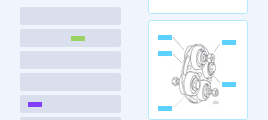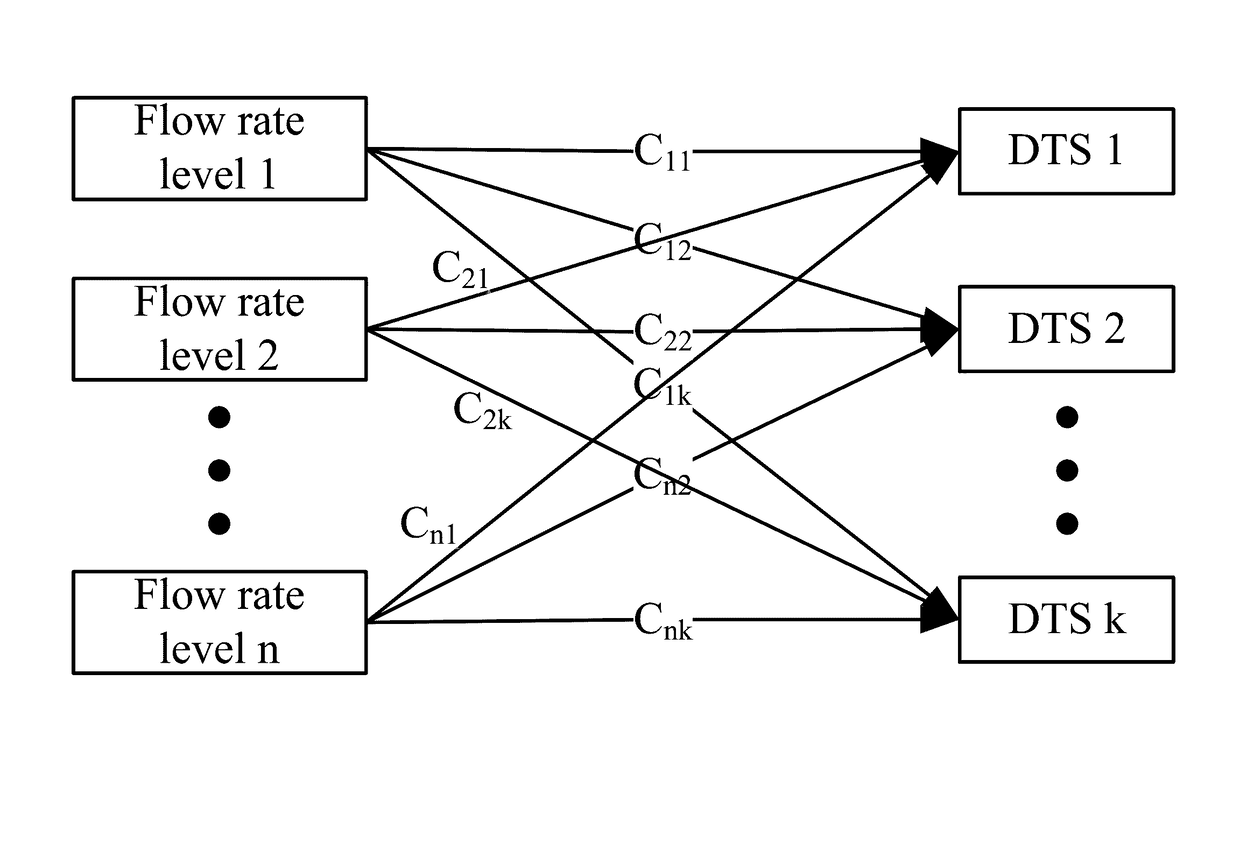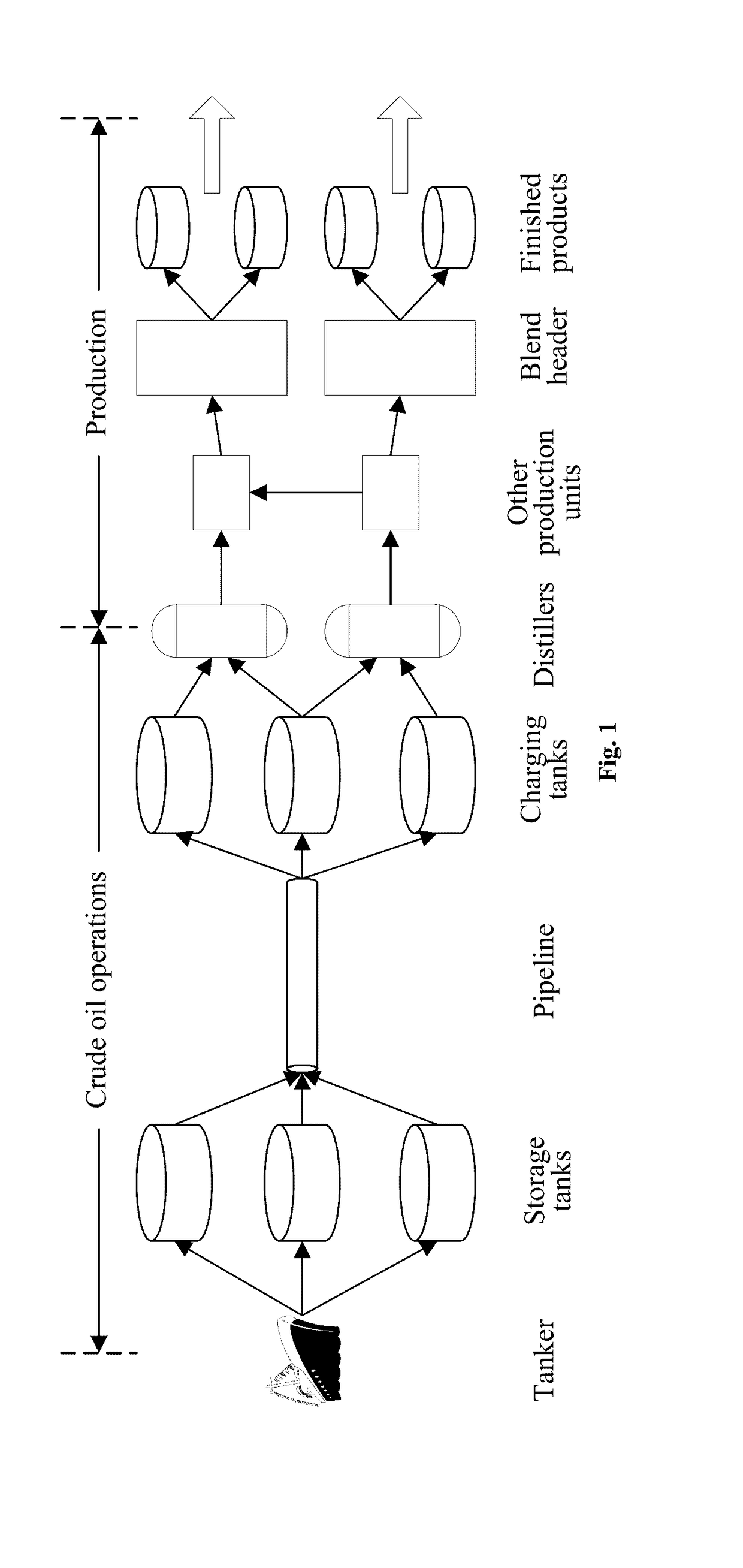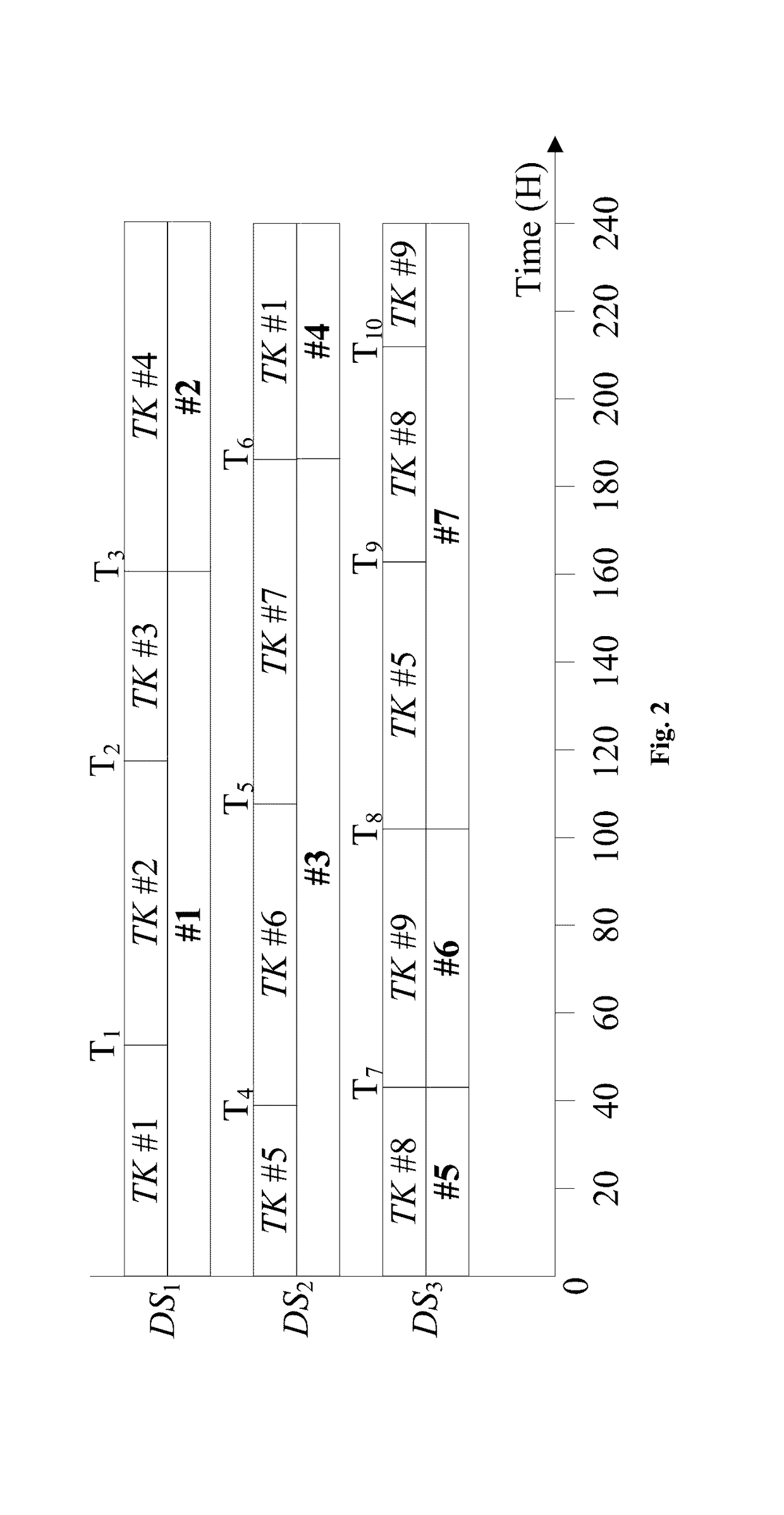Linear Programming-based Approach to Scheduling of Crude Oil Operations in Refinery for Energy Efficiency Optimization
a refinery and energy efficiency optimization technology, applied in the direction of positive displacement liquid engines, instruments, computer control, etc., can solve the problems of inability to apply widely used heuristics and meta-heuristics, and inability to achieve global optimum, etc., to minimize the energy consumption of oil transportation, minimize the energy consumption of crude oil operations, and maximize productivity
- Summary
- Abstract
- Description
- Claims
- Application Information
AI Technical Summary
Benefits of technology
Problems solved by technology
Method used
Image
Examples
Embodiment Construction
[0076]In the following description, a method for scheduling crude oil operations in refinery for energy efficiency optimization is set forth as preferred examples. It will be apparent to those skilled in the art that modifications, including additions and / or substitutions may be made without departing from the scope and spirit of the invention. Specific details may be omitted so as not to obscure the invention; however, the disclosure is written to enable one skilled in the art to practice the teachings herein without undue experimentation.
[0077]It is commonly recognized that, to be competitive in a global market, an oil refinery should be well operated. Since the scheduling problem of a refinery is extremely complicated and challenging, much attention has been paid to this issue. In this research field, the main focus is on finding an efficient approach such that a scheduling problem is computationally solvable. In the existing methods, the objectives include maximizing productivit...
PUM
 Login to View More
Login to View More Abstract
Description
Claims
Application Information
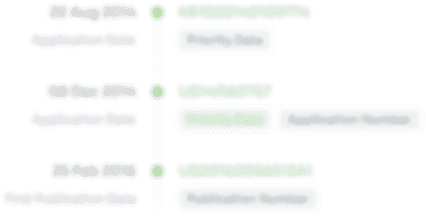 Login to View More
Login to View More - R&D
- Intellectual Property
- Life Sciences
- Materials
- Tech Scout
- Unparalleled Data Quality
- Higher Quality Content
- 60% Fewer Hallucinations
Browse by: Latest US Patents, China's latest patents, Technical Efficacy Thesaurus, Application Domain, Technology Topic, Popular Technical Reports.
© 2025 PatSnap. All rights reserved.Legal|Privacy policy|Modern Slavery Act Transparency Statement|Sitemap|About US| Contact US: help@patsnap.com
